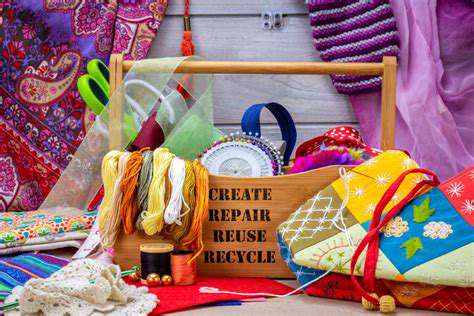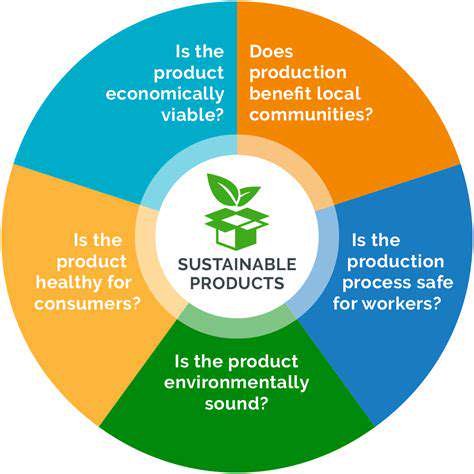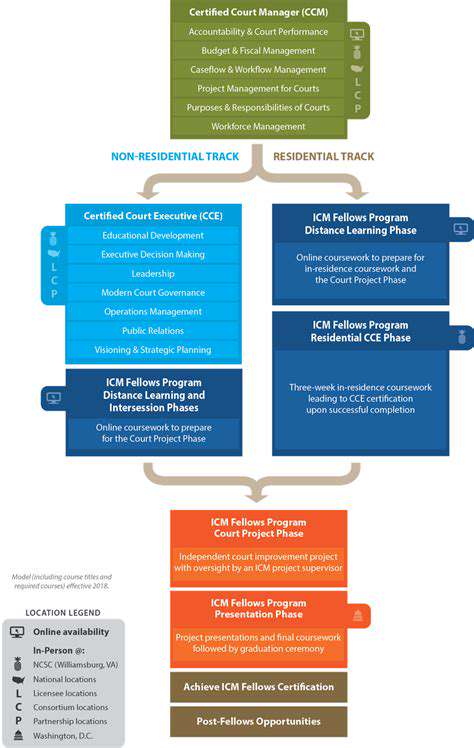Sustainable Fashion and the Rights of Indigenous Artisans: Preserving Heritage
This appreciation extends beyond aesthetics. The time invested in handmade goods embodies an alternative to disposable culture - a physical manifestation of the repair, reuse, recycle ethos that predates the sustainability movement by generations.
The Importance of Local and Regional Sourcing
Globalization created efficient supply chains but severed connections between producers and consumers. Regional textile initiatives are rewiring these relationships. In Scotland, the Harris Tweed industry demonstrates how geographic indication protection can sustain traditional industries. The orb stamp certifying authentic Harris Tweed doesn't just guarantee quality - it preserves an entire island's economic ecosystem.
Utilizing Natural and Renewable Resources
Before synthetic fibers dominated fashion, communities worldwide developed ingenious uses for local materials. Stinging nettle, once considered a weed, produces fibers stronger than cotton. German researchers recently revived nettle textile production, creating fabrics with exceptional durability and minimal environmental impact. Such rediscoveries remind us that sustainable solutions often lie in reevaluating what we've overlooked.
Embracing Natural Dyes and Colorants
The vibrant purple hues extracted from Mediterranean sea snails once commanded prices exceeding gold. While we no longer rely on such rare sources, natural dye techniques offer sustainable alternatives to synthetic pigments. A cooperative in Guatemala cultivates indigo using organic methods, producing stunning blues while maintaining soil health. Their process exemplifies how traditional practices can meet modern sustainability standards.
Promoting Repair and Upcycling
Before fast fashion, clothing repairs were commonplace. Japanese sashiko stitching transformed worn fabrics into stronger, more beautiful garments. Contemporary designers now adapt these techniques, creating visible mending as both practical solution and artistic statement. This philosophy extends beyond clothing - Finnish students learn basic woodworking to repair furniture, instilling values of preservation early.
Preserving Cultural Heritage through Sustainable Practices
When the last practitioner of a traditional craft dies, we lose more than techniques - we lose ways of seeing the world. Bhutan's commitment to maintaining its weaving traditions demonstrates how cultural preservation supports sustainability. By requiring national dress for official occasions, the country sustains demand for handmade textiles while reinforcing cultural identity. Such policies recognize that true sustainability encompasses both ecological and cultural dimensions.
Empowering Indigenous Communities through Fair Trade Practices

Indigenous Leadership and Self-Determination
The most successful indigenous-led initiatives often begin with a simple premise: outside assistance should support, not direct. In Canada's Great Bear Rainforest, indigenous guardians manage their traditional territories with government support. This co-management model proves that when indigenous peoples lead conservation efforts, both nature and communities flourish. The program combines modern science with traditional knowledge, creating a hybrid approach more effective than either could achieve alone.
Economic Opportunities and Development
Fair trade certification, when properly implemented, can transform indigenous economies. A cooperative of Mapuche women in Chile exports medicinal plants worldwide while maintaining sustainable harvesting practices. Their success demonstrates how value-added processing within communities creates more equitable supply chains. By controlling production from harvest to final product, they capture more value while preserving ecological balance.
Cultural Preservation and Revitalization
Language loss represents one of indigenous communities' greatest challenges, but creative solutions emerge. In New Zealand, Maori immersion preschools (kohanga reo) have revived language fluency among younger generations. These schools don't just teach language - they embed cultural values and environmental stewardship principles. The model has inspired similar programs globally, proving that cultural preservation requires active transmission, not just documentation.
Addressing Historical Trauma and Reconciliation
Healing historical wounds requires acknowledging uncomfortable truths while building constructive futures. Australia's Sorry Day commemorates injustices against the Stolen Generations, but more importantly, supports ongoing reconciliation efforts. Truth-telling processes, when coupled with concrete restitution measures, can create foundations for genuine partnership. Indigenous-designed healing centers demonstrate how architecture can facilitate cultural recovery, blending traditional design principles with modern therapeutic approaches.
Education and Skill Development
Indigenous education succeeds when it respects diverse learning styles and knowledge systems. In the Amazon, intercultural universities train indigenous youth in both Western sciences and traditional ecological knowledge. Graduates emerge as cultural translators, bridging worldviews to address complex challenges. These programs prove that the most valuable education often occurs at the intersection of different knowledge systems.











